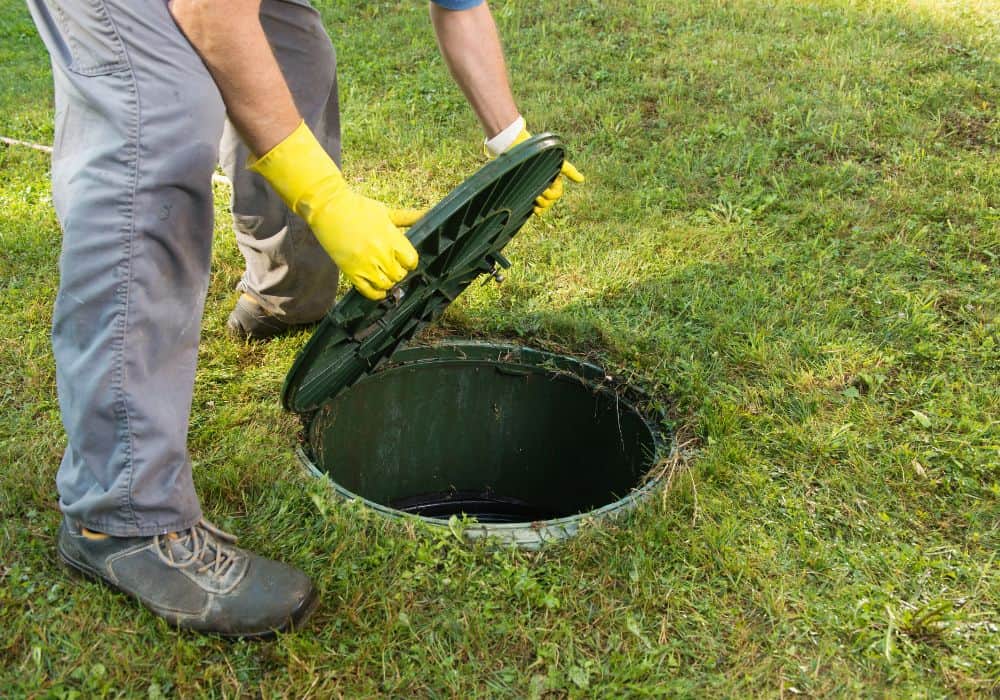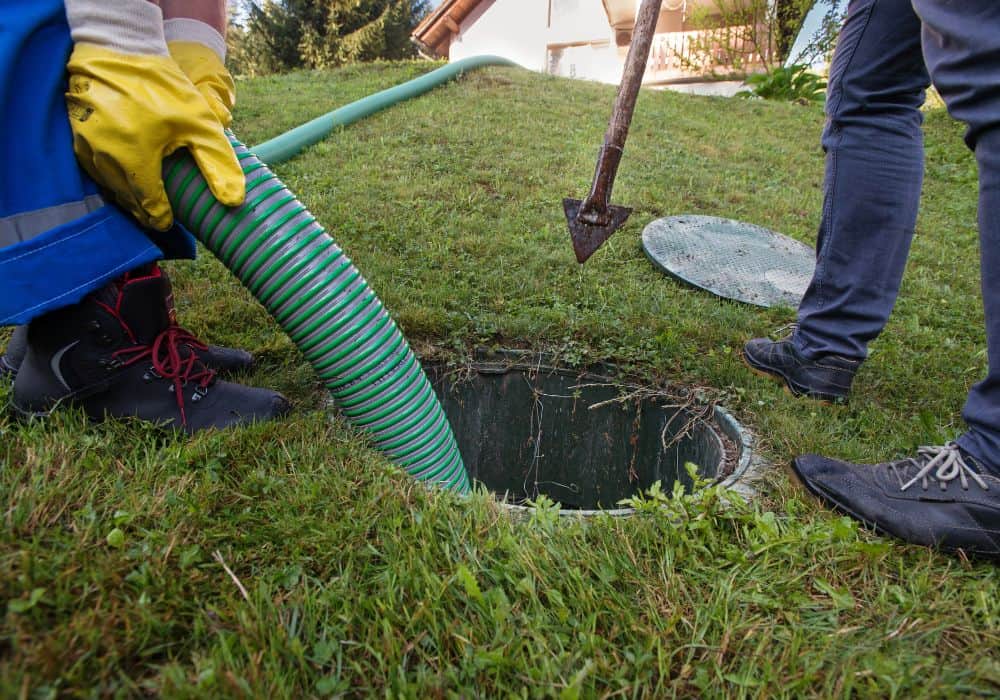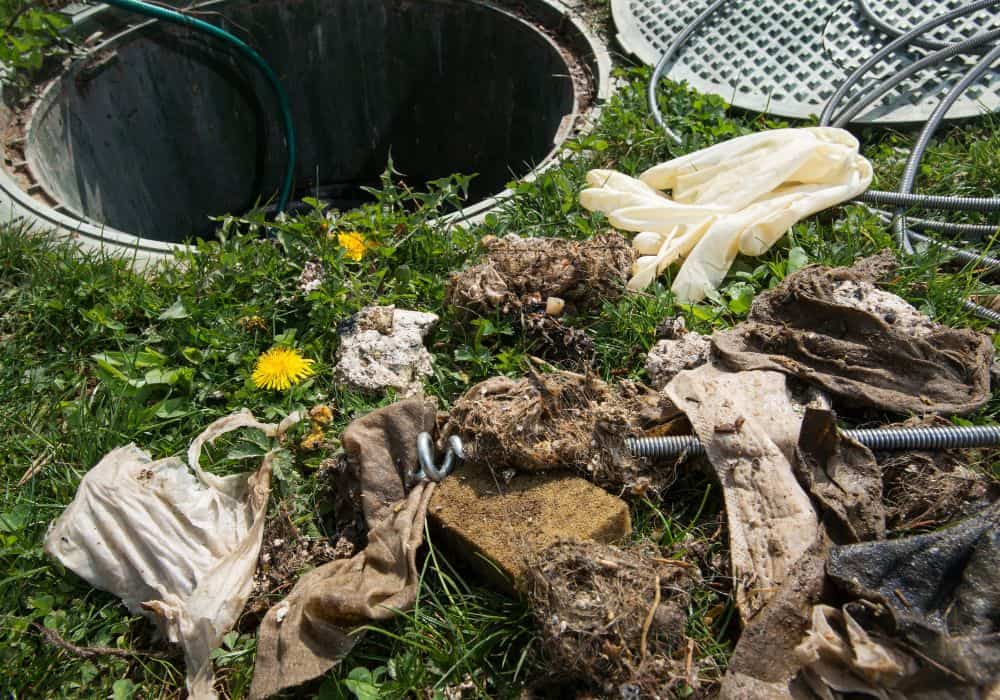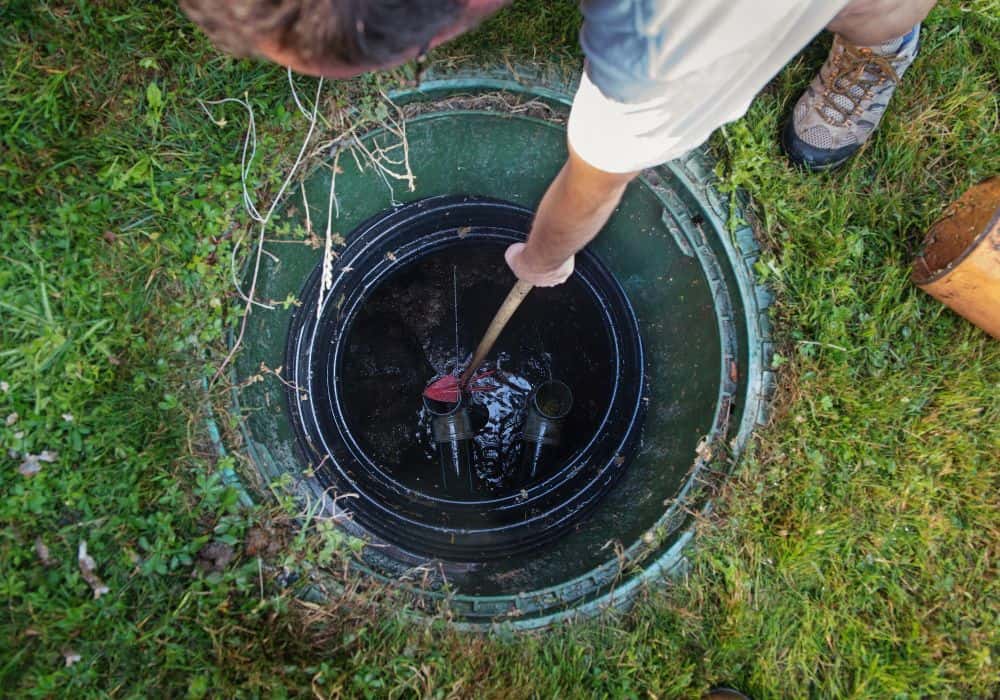The septic tank is an underground tank that holds the waste from your house drain and passes it out to the drain field. So, you must know how essential it is to your house’s draining system. Thus, feeling worried when the tank or pipe is clogged is justifiable, as a clogged pipe can create specific problems.
Often, a clogged pipe may be mistaken for a clogged septic tank. And although their signs are similar, there are specific ways to tell them apart. The most common symptom of a clogged septic tank pipe is a reduction in the drainage level of some drains in the house. When there’s a simultaneous clog in the home, you should know it is a problem with your septic line or tank.
However, a clogged pipe is not as severe as a clogged septic tank and can be easily remedial, though it may worsen if not taken care of. So it is essential to know the root of your issue in order to address it adequately.
So, how can you unclog a septic tank pipe? This will get your hands dirty, but for a good reason. There are different methods of unclogging septic tank pipes, before they become worse and cause more damage, without contacting a septic service professional. And in this article, we’ll discuss how to identify a clogged pipe issue, unclog it and prevent future such occurrences.
Identifying a septic tank clogged pipe
The pipe leading from your house to the septic problem is called the main drain line and is prone to clogs and damage. The line carries water from all drains in the home to the septic tank. If the clog is in one of its outlet pipes, it is easily resolvable. But first, you should be sure that is truly the problem. There are specific symptoms to note when distinguishing between a clogged pipe or drain and a septic tank. Although they are similar, there are ways to tell them apart.

1. Foul smell from drains
Usually, when water and waste don’t drain, the stuck-up wastewater returns to the house and releases an unpleasant smell. You may not see the returning water, but you will notice bad odors coming from pipes such as basements, showers, toilets, bathtubs, and kitchen sinks, among others.
2. Slow drains
This is the most common symptom of a clogged pipe. Having slow drains indicates a blockage in your draining system or line. This clog will prevent waste from going through the septic system. When your drain forms a pool before going down the pipe, you should know that a clogged pipe is the problem. In extreme cases, some more drains in the house, significantly lower drains will have similar issues. This is an indication of a clogged septic tank.
3. Gurgling noises
Your plumbing system may make weird sounds since it’s not working correctly. Disruptions will form when you drain water from your sink, toilet, or washing machine which will create sounds that will transport up the pipe to the drain and, other times, to fixtures, walls, and even ceiling in gurgling or trickling noises. If the line is entirely clogged, the noises may go on long after you’ve drained the waste.
How to unclog pipe going to septic tank
When you’ve confirmed the root of your draining problem, and you’re certain you have a clogged septic pipe, you should try specific measures to resolve or mitigate it. DIY solutions are easy-to-do remedies, especially for those armed with years of household DIY plumbing experience. Still, this is applicable only if the problem is not at the heart of your draining system, the septic tank, in which case you’ll have to contact a professional plumber. Here are simple steps to follow to clear your pipe:

Step1. Baking soda and vinegar solution
Clogs are usually caused by fat, grease, oil, solid food, and other items. So, clearing the clog is the only way to get rid of it. Here is the perfect cleaner Baking soda is a cleaning agent that helps to dissolve clogs in the pipe, while vinegar refreshes the drain of bad smell and eliminates grease. Thus, a mix of baking soda and vinegar is a perfect natural solution to clear clogs.
Apply ⅓ cup of baking soda into the drain, followed by ⅓ cup of vinegar. You may also decide to mix the agents before downing them in the drain line. Then let the fizzy mixture work for an hour before pouring hot water.
Pro tip: never use cleaners with chemicals as they may get harsh and kill bacteria that are important to break down waste in the draining system.
Step2. Pour hot water into the drain
Hot water does well in loosening obstructions in the drain, especially when it is not totally blocked. Pour as much hot water as possible into the drain sporadically and let it strain into the clog.
Step3. Use a plumbing auger and a drain snake
A plumbing auger or a drain snake as it is called, is an effective tool to clear clogs in a pipe and can reach as far as 80 meters into any drain. It is beneficial in removing solid clogs, far better than chemicals, and will quickly solve your problem. Insert the drain snake into the pipe until you feel an obstruction; then stop, and rotate the auger to get the clog out.
Pro tip: You can get an auger from a hardware store or online close to you.
Step4. The bent hanger technique

Using a bent hanger is an awesome do-it-yourself alternative to a plumbing auger and plunger. You can do this by straightening a hanger as much as you can and leaving a hook at one end. Next, input the hanger into the pipe with the hook in; use the hook to pull out clogs from the line. This process will take some time, but once there’s a clear path in the pipe, you can use hot water to complete the job.
Step5. Contact a professional plumber
If you’ve tried all the techniques above and none worked, the problem might be from the septic tank system, which is outside your ability to solve it. You will need to contact a professional plumber to use efficient equipment and safe heavy-duty cleaners to clear up the tank. The plumber will also check the plumbing system of the whole house for possible pipe damage or in worse cases, frozen and burst pipes.
How to prevent clogs in septic pipes
It is vital to take note of particular maintenance tips to avoid getting into a clog problem. The state of your drains depends on what you feed them, and staying away from clogs means watching what you flush down the drain. Follow these maintenance tips to avoid clogs in your pipe:
1. Don’t flush inappropriate items
We often need to pay attention to what we should and should not drain in our pipes. Otherwise, some food waste and items clog the system and cause problems.
Items such as wet wipes, paper towels, and hygiene products should not be put into the septic line as they are not easily broken down and will likely clog up the system. Likewise, grease and fat are significant reasons for a clog. Once they are transported through the pipe, they solidify and stick to the pipe’s wall, forming a coat for other debris. Drains like wastewater, sewage, and toilet paper cause no problems as they can be broken down and passed through the pipe without causing any obstructions.

2. Do not use chemical drain cleaners
As mentioned earlier, harsh chemicals can harm you and your pipe’s draining system. Using chemicals in the drain will kill bacteria relevant to breaking down and unclogging debris, which will put your line at a higher risk of regular clogs. Hence, it is best to use natural cleaning agents like baking soda and vinegar or other equipment to have your pipe cleared.
3. Overwhelming the drain
Sometimes, a clog may be due to downing so much food or items at the same time into the drain. This will make the waste take longer time to drain, especially if you don’t pour in sufficient water. Eventually, some food items will not go down to the septic tank and build up into a clog.
Conclusion
Most experienced householders will likely know what it means to unclog a blocked plumbing system. Usually, this happens due to what we do and feed the drains. Fats, grease, and undissolvable items cause significant harm to your plumbing system and fixtures. Hence, you must find alternative means of draining them rather than in drain pipes.
However, when a clog does happen, you must attend to it immediately to avoid it becoming a much bigger problem such as septic tank issues. There are methods to take to DIY your way to a clear pipe. However, if none of these work, it is an indication that the problem may not be your pipe. If the problem is with your outlet or inlet baffle or in the depth of your sewer systems, it’s time to contact a professional plumber.
